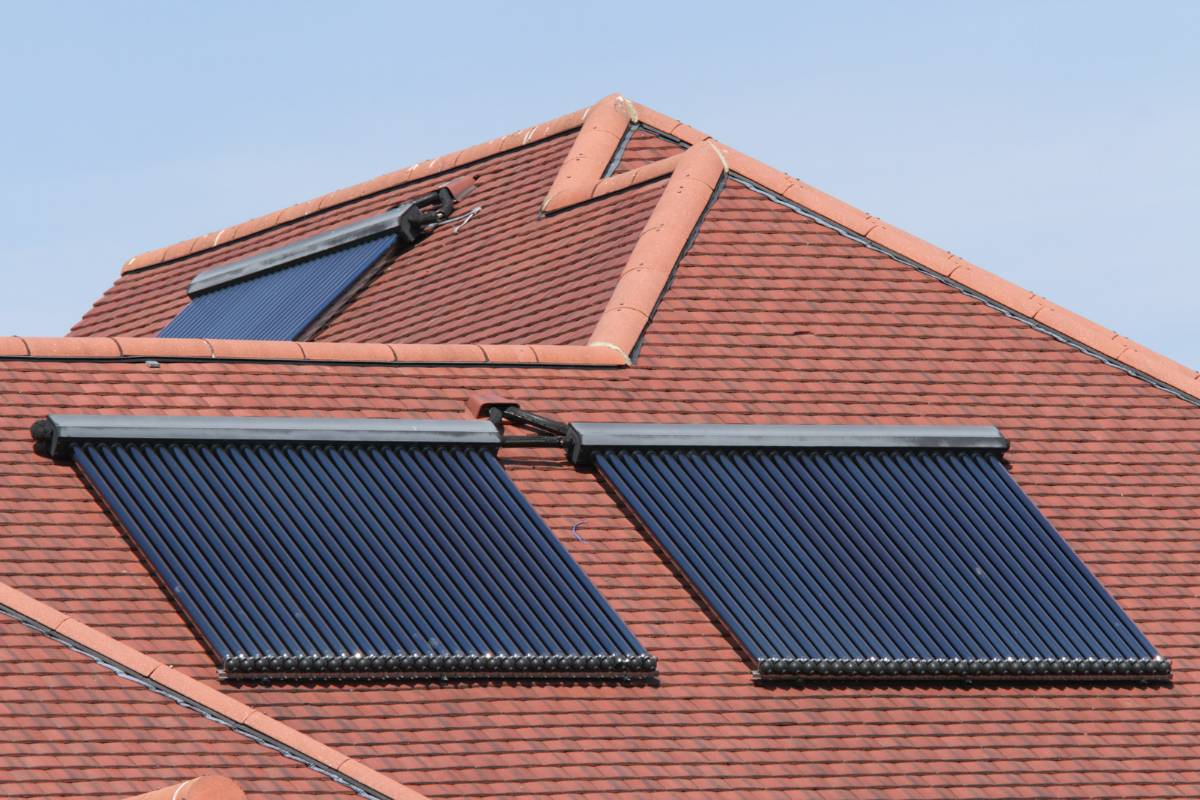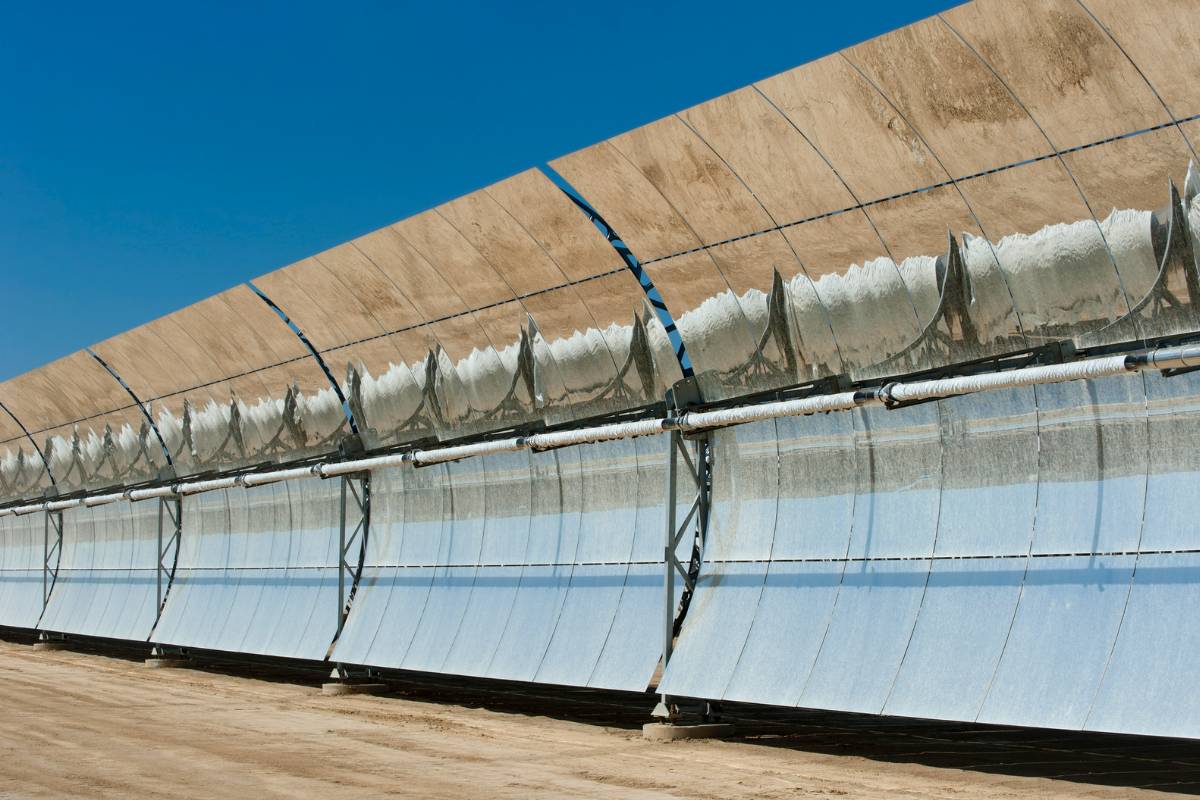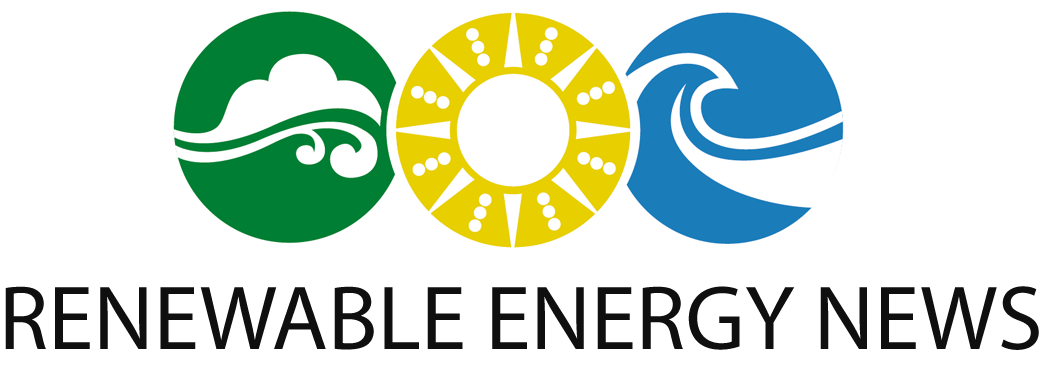Solar thermal energy refers to both the energy source and the technology that captures the solar energy for a wide range of applications ranging from heating water to industrial process heat and power generation.
The first recorded large-scale application of solar energy was in 1913, when an American inventor named Frank Shuman installed the first solar power plant in Maadi, near Cairo. There were no photovoltaic solar panels or solar experts back then. What Shuman built was a solar thermal powerplant.
Fast forward to today, and the world has a total solar thermal capacity of 522 Gigawatt-thermal, which is enough to provide 427 Terawatt-hours of thermal energy each year.
That’s the equivalent of burning 251 million barrels of oil!
Today, solar thermal technologies are providing a renewable solution for many residential, commercial, and industrial applications which require thermal energy.
In this article, we will explore some of the major applications of solar thermal energy. We will discuss residential use cases of solar heat, such as heating water or swimming pools, and talk about commercial and industrial applications ranging from commercial hot water systems to solar cooling and desalination.
By the end, you will have a better understanding of how you can use solar thermal systems and take advantage of their many benefits. In addition, you will also learn about the challenges associated with this technology.
Residential Applications of Solar Thermal Energy

Let’s start by first discussing how solar thermal systems can be used for residential applications such as hot water, space heating, and pool heating.
Residential Water Heating
With rising energy costs worldwide, solar water heaters are becoming increasingly popular. These systems not only reduce your energy bills but also extend the life of your existing water heating system by providing the system with preheated water.
When you decide to install one in your home, you will have to choose from one of these three types of solar water heaters:
- Pressurized water heaters
- Thermosiphon heaters
- Compact heaters
Each of these comes with its own advantages and disadvantages when it comes to performance, initial cost, and lifespan.
The cheapest solution is the thermosiphon heater. Since these passive systems do not have any pumps, sensors, or control systems, they are cheap and require very low maintenance.
Generally speaking, though, if you’re looking for the highest Return on Investment (ROI), then pressurized solar vacuum tube water heaters are the way to go. While they may be expensive to install, there are ways to reduce this amount through tax rebates or government grants.
If you live in an area with mild winter temperatures then compact water heaters might be more suitable as they have similar performance but cost roughly half as much – so definitely something worth considering!
Residential Space Heating
The traditional methods of heating your home are getting more and more challenging every year.
The average American household can spend anything from one thousand to over two thousand dollars a year on heating costs. Solar space heaters can help significantly reduce these costs by providing free solar energy for home heating.
In some locations, homeowners may even be eligible for rebates or financial incentives when they install this solar thermal system in their homes.
Several types of space heating systems can benefit from solar thermal systems, including radiant floor systems, low-temperature baseboards, and forced hot air systems.
When used with radiant floor systems, a solar space heater can lower costs by 20-30%. The savings are even greater for low-temperature baseboard heating systems. The addition of a solar heating system can reduce energy costs by 50% or more in most cases.
Forced hot air (FHA) systems are also compatible with solar space heater technology. In these systems, solar heating can help significantly reduce monthly energy bills while cutting down on the usage of propane or other fuels that may normally be used instead of solar energy.
Pool Heating
Solar pool heating is becoming increasingly popular as a cost-effective and eco-friendly way to keep your swimming pool warm. A solar pool heater works by circulating your pool water through solar collectors, where the solar energy is absorbed and then transferred back into the pool.
There are many advantages to solar pool heating. They are easy to install and require minimal maintenance, are environmentally friendly, and typically last for over 20 years with proper maintenance.
If you have decided to install a solar pool heating system in your home, there are two main types for you to choose from:
- Open loop systems, which have lower setup costs but require more energy from the pool pump, don’t work in cloudy or cold conditions and can be damaged by chemicals or salt water.
- Or, Closed loop systems, which are more reliable and accurate, but also come with higher installation costs.
In terms of cost savings, solar pool heating can save you up to 70% compared to gas or electric heaters over its lifetime, but the actual cost will depend on factors like the size of your pool and the climate of your area.
Overall, solar pool heating offers an efficient solution for keeping swimming pools warm all year round without relying heavily on electricity or gas.
It provides significant economic savings as well as being eco-friendly; plus it adds value to any property that has a swimming pool installed on site. Therefore, investing in a solar pool heater is definitely worth considering if you want an economical source of heat for your swimming area!
Commercial and Industrial Applications of Solar Thermal Energy

Next, let’s move on to the commercial and industrial applications of solar thermal energy. There are a number of ways businesses and industries can benefit from using solar power.
In this section, we’ll explore five of the most common ways solar thermal energy is used commercially: hot water systems, industrial process heating, solar cooling, concentrated solar power, and solar desalination.
Commercial Hot Water Systems
Solar hot water systems are an excellent way to not only save your business some money but also reduce its environmental footprint.
Solar hot water heating can benefit many types of businesses, including car washes, hotels, beverage production facilities, and farms.
Depending on the size and design of the property, you can either go with:
- Active systems that use pumps and controls to circulate fluid, or
- Passive systems that rely on gravity and thermosiphon principles.
In both cases, these systems consist of solar thermal collectors, insulated piping, and a hot water storage tank.
These systems not only offer considerable energy savings in the long term but there are also incentives from state and federal governments for eligible customers who install solar hot water heating systems in their properties.
Solar Industrial Process Heat
Solar industrial process heat (SIPH) is an important part of the shift to renewable energy and a cleaner, more sustainable future.
SIPH technologies use the sun’s energy to generate heat for industrial processes, offering a range of benefits including lower energy costs, reduced reliance on fossil fuels, and a lower carbon footprint.
The technologies required to make this possible are becoming increasingly efficient and cost-effective, allowing solar thermal energy to be used in industrial processes that require a wide range of temperatures from around 50°C to 400°C. This makes it ideal for steam-based process heating systems and various applications – from drying and curing to heating and cooling.
Not only does SIPH offer great potential in terms of sustainability through its reduced greenhouse gas emissions – but it also has the added benefit of being cost-effective with great returns on investment too!
Solar Cooling
Solar thermal cooling is a technology that uses solar heat to drive a cooling cycle, which can be used to provide air conditioning for buildings. This solar thermal technology is ideal for areas with high cooling demand and abundant solar radiation.
Solar cooling systems work by using solar energy to drive a thermally activated cooling cycle, which provides cooling without using electricity from the grid.
Solar collectors collect solar radiation, which is then used to heat a fluid, such as water or refrigerant. The heated fluid is then sent through a thermally activated cooling system, where it drives the cooling cycle. The cooled fluid is then circulated through a cooling loop, providing cooling for the building or space.
Solar thermal cooling systems are available in two main configurations:
- Open-cycle systems, which use either a solid or liquid refrigerant in direct contact with air
- Closed-cycle systems, which produce chilled water that can be used with any air-conditioning equipment
A great benefit of solar thermal cooling is its ability to be easily adapted for retrofitting or new installs on existing HVAC systems. With minor adjustments, components can be re-piped into newer systems with forward compatibility – meaning they will still be able to recognize future advancements in technology.
Additionally, these systems often have no moving parts, take up minimal space, reduce overall energy consumption and peak demand requirements, and have high returns on investments.
Concentrated Solar Power
Concentrated solar power (CSP) is a technology that uses solar thermal power to create electricity. By utilizing the sunlight to heat up a heat-transfer fluid, such as oil or water, it creates steam which then drives a steam turbine to generate electricity.
CSP has some great advantages over other forms of renewable energy, like its excellent efficiency and dispatchable power output, plus its ability to store solar energy for longer durations than photovoltaic systems.
CSP technology comes in four main types:
- Parabolic troughs
- Compact linear fresnel reflectors (CLFR)
- Power towers or central receivers
- Dish receiver
Parabolic troughs are the most common type of CSP system. CLFR offers better efficiency than parabolic trough solar collectors but uses more space. Power towers employ multiple heliostats that track the sun’s path and focus the sunlight onto a receiver to generate steam for electricity production. Finally, dish engines come with high levels of efficiency (up to 40%). However, they require a lot of space due to their large dishes. They also have a very high initial cost.
All things considered, concentrated solar thermal power is a great renewable energy source due to its high-efficiency levels compared to photovoltaics plus its exceptional capability to store plenty of energy over extended periods of time.
However, the reduced costs of PV systems and their improved efficiency coupled with the high installation and maintenance costs of CSP systems have resulted in a decrease in the usage of CSP systems over the last decade.
Solar Desalination
Solar desalination uses the sun’s thermal energy to turn saltwater into freshwater. It works by directly heating salt water, evaporating it, and leaving behind impurities. The pure water can then be condensed and stored for later use.
Solar desalination systems are most useful in remote areas and small communities. Furthermore, the low operational costs of these technologies make them an attractive option for water-scarce regions with abundant renewable energy sources.
While solar desalination offers a renewable solution for providing potable water in areas with limited resources, it also has some drawbacks. These systems have a high initial setup cost. And, since the amount of clean water produced depends on solar energy, these systems do not offer a high degree of reliability. This has limited the wider adoption of these technologies.

